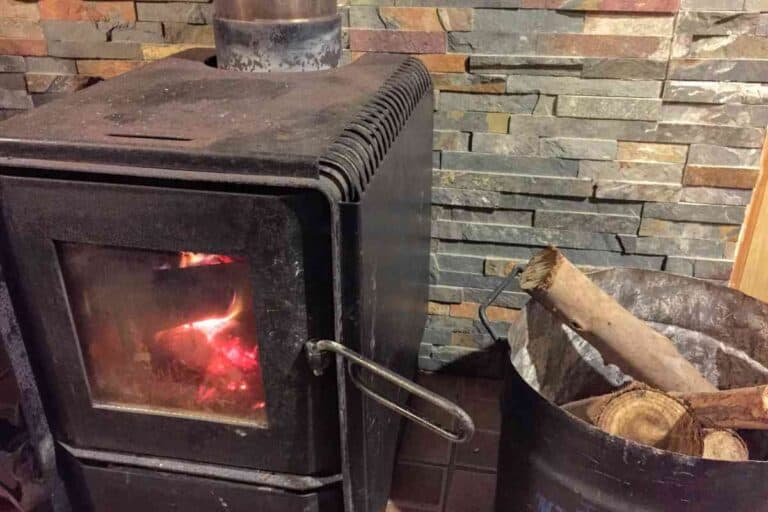How To Make Money Off Just 1 Beehive
Beekeeping provides an excellent way of earning an extra income. So, how much money can you earn from 1 beehive?
How much money can you make off 1 beehive?
If the area you plan to set up a beehive has plenty of nectar and the weather and other environmental conditions are favorable for bees, you can earn about $300 to $500 annually from a single bee hive. However, this price range is for individuals who are selling quality honey and other bee products.
Beekeeping has become one of the recreational activities most individuals love to do to earn money. With beekeeping, there are many products you can sell to generate income, such as selling honey, selling the bees, or renting out your bees to do a pollination service in florist’s farms.
Additionally, the most straightforward way to generate money is if you have extra honey to sell to your friends, family, and coworkers, you can use direct email or social media because they are efficient.
Another alternative way to maximize your income from beekeeping is ensuring bee products are pure and of high quality for you to sell them at a premium price in the market. There is stiff competition in the market, and you must be keen to offer high-quality products if you are to stand out among your peers.
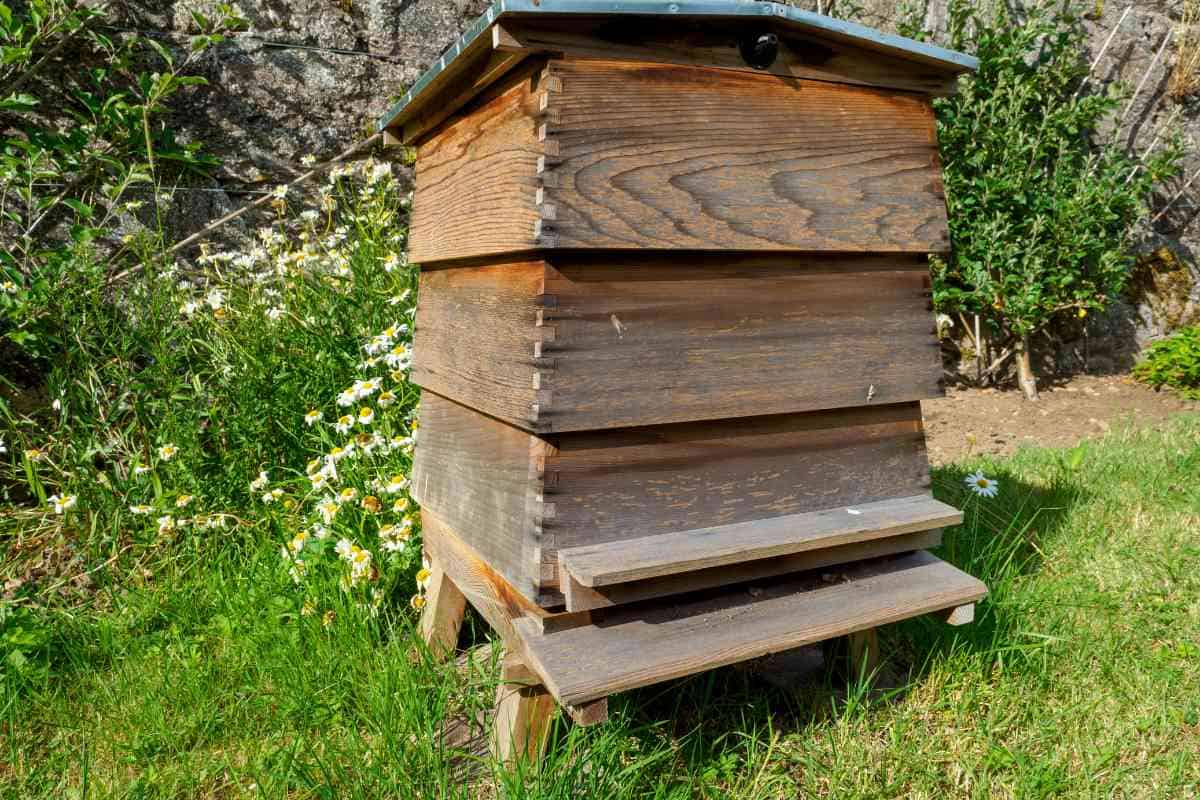
How much money can you make from 1 Beehive?
As we had earlier discussed, several factors will determine how much profit you will make, such as weather and other environmental parameters, the kind of bee product you are selling, and the quality of the product, among other factors.
If you are keeping bees for honey, you may generate an annual income of about $300 to $500
Of course, this will depend on your hard work and dedication. Again, in beekeeping, it is better to have a long-term objective rather than a short-term objective.
If you are starting the bee project, you may get a few bee products since it takes time for the new bee colony to adapt to the new environment. Additionally, the bees are still searching for better locations to get enough nectar to produce honey and other products in large amounts.
Since honey is not the only product you can complete a profit from, the following are other bee products you can sell and make a profit for every 1 beehive:
Bee Wax
Bee wax is another type of product that you can sell to make a profit. Typically, the bee wax is applied to manufacture cosmetic and skin care products, health products and furniture polish.
The amount of money you will generate from 1 beehive depends on your location, quality, and the amount of bee wax produced.
Typically, 1 beehive can produce about 1 pound of bee wax that you can sell from $10 to $20 for every pound. Alternatively, if you prefer making items, such as candles, you can also sell them to gain more profit.
Pollen Grains
Pollen grains are crucial because they are the primary protein source for bees and are one of the ingredients in making nutritional supplements.
Typically, pollen has a higher profit margin than other products, such as beeswax and honey, because it is produced in small quantities and takes a lot of time for you to harvest a significant amount. If you are interested in selling pollen grains, you need to have a responsible way of collecting the pollen grains.
It is advisable to put pollen traps at least 2 days a week rather than every day.
It is because the bees require pollen grains to raise their young until they are big enough to fly and look for their source of nutrients. Therefore, the brood’s growth and development will be at risk if you collect pollen excessively.
When it comes to selling pollen grains, the profit varies depending on the population of the worker bees and brood present.
Therefore, if you collect responsibly, you may earn up to $40 per beehive each month.
Bee milk
Typically, worker bees secrete royal jelly to feed the bee larvae during the first 3 days of their lives. However, the bee milk is not provided to all the bee larvae; it is only fed to the larvae that will be the queen.
The queen gets to consume the bee milk their entire life because it does not move out of the hive to look for nectar.
Like pollen grains, bee milk is also precious because it is produced in small quantities, and harvesting might be complex and challenging.
If you manage the beehive efficiently and keep the beehive in good condition, you may harvest up to 500g of bee milk after every 5 months.
Regarding the cost of the royal jelly, you can sell it for $ 6 to$ 8 for every 30 grams depending on the quality. Typically, Bee milk has its application in the manufacture of health products.
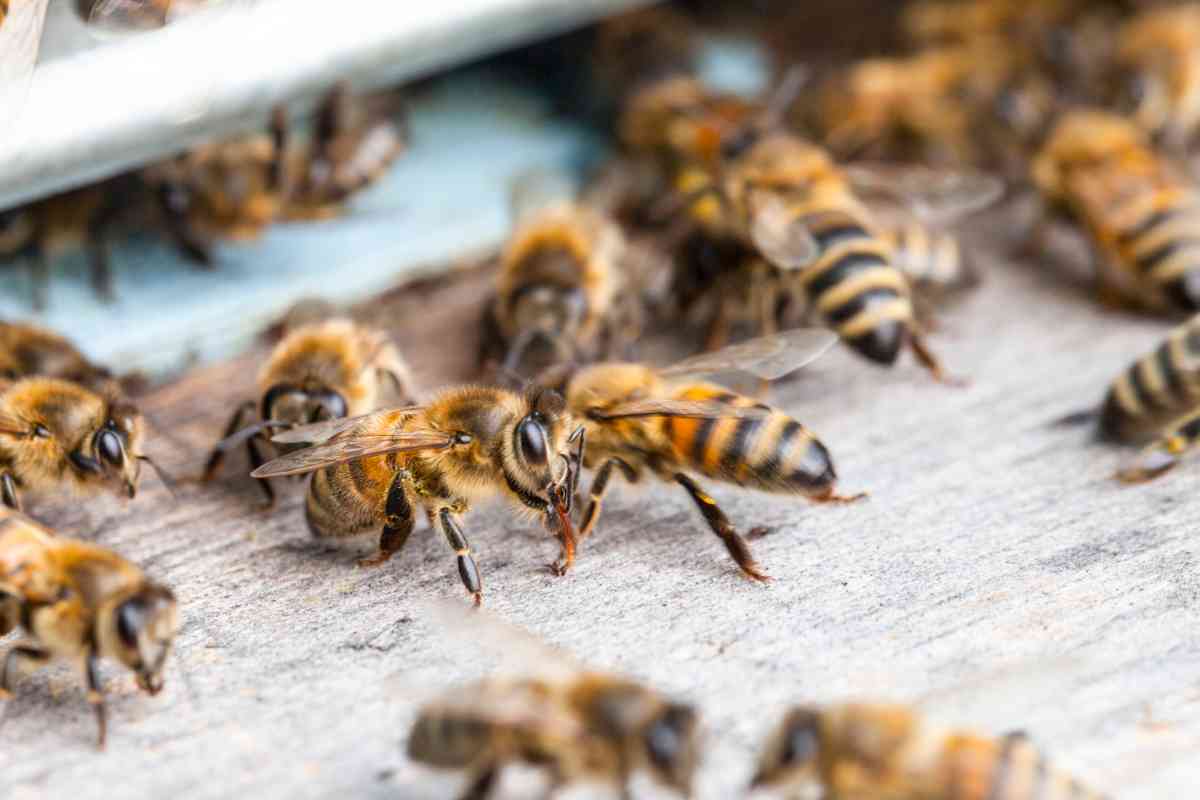
Propolis
Bees also love to clean their hives using some of their products once in a while. They use propolis to seal any openings in the beehive and disinfect the place.
Typically, plants produce propolis as a secretion, and when the bees go to look for nectar, others will take propolis back to the beehive.
This propolis is perfect for therapeutic use because it is the hive’s natural disinfectant. A propolis trap is required to harvest it if you intend to sell it.
Although the quantity is small, a well-maintained hive will allow optimal production.
One of the most significant advantages of propolis is that it does not disintegrate or rot, making it simpler to handle.
Propolis has a greater profit than pollen grains because there is more demand for it in the market. The cost of propolis will depend on its source, demand in your area, and the quality of propolis.
Typically, you may generate between $9 and $15 per pound of raw propolis and $20 to $35 for each liquid ounce for propolis extracts when you sell the product directly to retail clients.
Selling Bees
When it comes to selling bees, beekeepers have the option of rearing bees in a hive for a while and then selling the whole hive later on for a profit.
Additionally, other people will prefer rearing bees only and then selling them.
Most individuals prefer selling the bees using waxed boxes that resemble a beehive to provide an easy way to carry them safely and introduce them to a new hive.
You will need to ensure that the bees have decent genetics because you will only sell a few nucs if you have bees with poor genes.
Regarding the cost of nucs, a Nuc box is usually about $250 to $500, depending on the different sizes. A hive full of bees can cost about $150 to $400.
Therefore, selling a Nuc full of bees will be profitable.
How to generate more Income in Beekeeping
There are effective ways you can benefit from selling bee products to look for ways to increase your profit, whether you are a small-scale or large-scale beekeeper.
As we had mentioned earlier, one of the best things to do is to ensure that your bee colony is of good genetics for you to get a quality product to sell.
You will also be required to maintain the colony by providing their population doesn’t decrease due to interacting with native bees in the wild.
A good example is how some beekeepers concentrate on rearing the queen colony of bees in their hives to attract other bee colonies.
If you want to increase your profit margin, you can also expand the beekeeping activity by buying more hive boxes and other bee colonies and planting more flowers to improve the food source.
Additionally, if you were limited to selling honey as the only bee product, you can improvise on selling other products such as propolis, pollen grains, royal jelly and bee wax to increase your profit margin.
Another effective way is to get an excellent platform to sell your products. A good example is using social media to advertise and market your products online to reach more people.
The good thing with the use of social media platforms is that you can reach a wide readership within a very short time, and sometimes, in an instant.
Pros and Cons of Generating income from beekeeping
Bee farming provides an excellent way to earn extra income in your backyard with minimal startup and maintenance costs.
However, there are some drawbacks to consider if you plan to start beekeeping. The following are some of the pros and cons of beekeeping:
Pros of Beekeeping
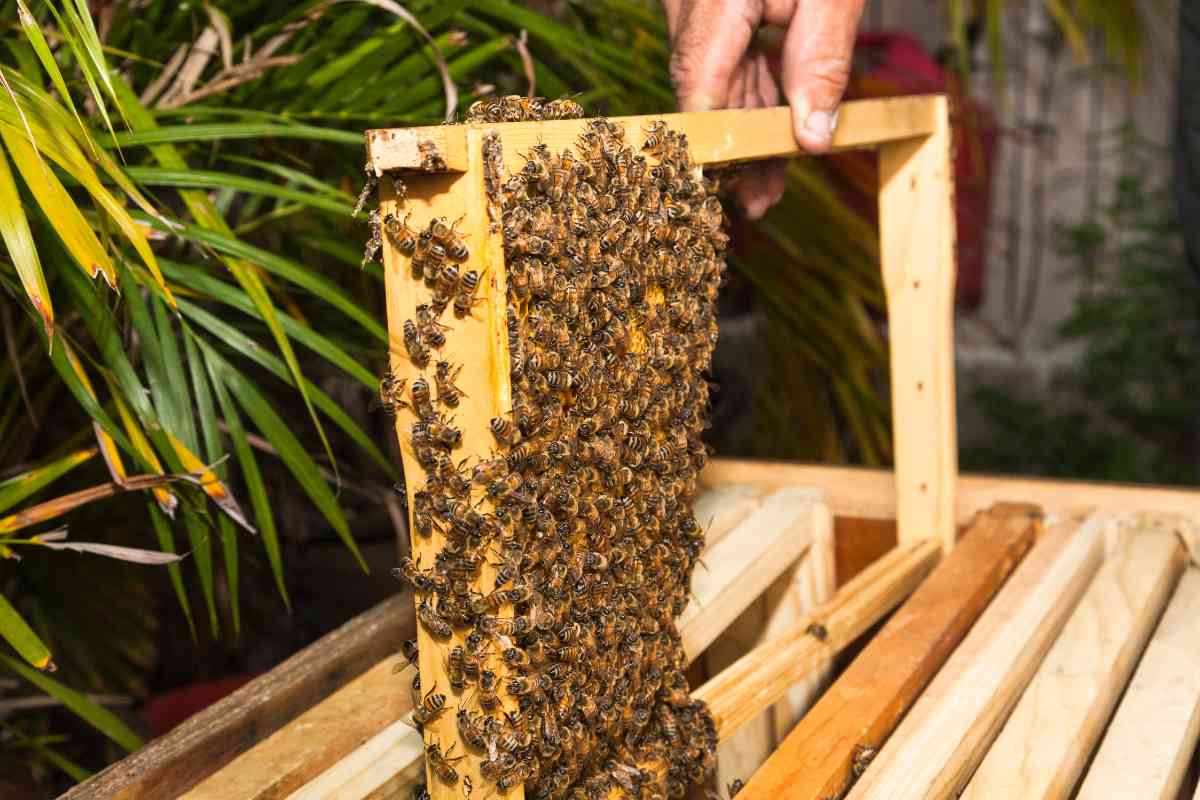
Source of Honey
Most individuals keep bees mainly for honey, and if you have excellent genetics of bees, you will have high-quality honey.
Typically, Honey is a natural sweetener that you can use in your coffee and tea, substituting it with sugar.
Another benefit is that honey never goes bad; once it is preserved and kept in close containment, it will retain its quality for a long time.
You can sell it if you produce surplus honey because the American market demands more honey due to large consumption.
Gardening Skills improvement
Since bees require nectar as a source of nutrients, they will have to look for flowers in the garden and other places. In that process, they carry pollen grains from one flower to another, leading to pollination.
Therefore, local agriculture tends to get knowledge from apiculture.
As a beekeeper, you will need to closely monitor changes in weather to adjust any hive changes, which can also result in better agricultural management.
Participation in Beekeeping Clubs and Communities
When you start keeping bees, you can learn how to improve and maintain the activity from other people who share your enthusiasm for bees.
The best way to look for a beekeeping club or community is by using social media to connect with others, look for an organization or club, or seek guidance from professional beekeepers to be your mentor.
The significance of engaging in a bee farming community is that you can also get loans to start or expand bee farming. Therefore, joining or starting a beekeeping club will help you get other people’s views and support.
Low Cost of Maintenance
The only expensive point in bee farming is the startup cost because you must buy every item needed for the activity
But, when it comes to the cost of maintenance, it is low because you will be generating income by selling honey and other bee products. Regarding care in seasons, you will need to monitor the beehive once a week to ensure that every bee colony is safe and healthy. However, during winter, they will require more care.
This is because the time of winter can be a very harsh time, and in some cases, it becomes a matter of survival.
Cons of Beekeeping
Competition with Native Bees
Since honey bees will require to look for nectar to produce honey and other products, they might interact and become a part of the native bee species in the wild.
This may decrease your bee population and lead to low honey production and other products leading to losses.
The best way to solve this is to plant more wildflowers near the compound to limit the number of bees going into the wild to search for nectar. It decreases the likelihood of the honey bees meeting the native wild bees.
Bees stinging Nature
One of the main challenges you are likely to face as a bee farmer is the stinging nature of bees.
Even though they sting to protect their hives or queen from intruders, the sting is painful because of the production of venom when you are stung.
There are many cases where beekeepers have been stung severely by their bees and suffered due to the high concentration of methanoic acid in the bee’s venom.
Therefore, it is advisable to wear safety clothes if you plan to harvest bee products.
Diseases
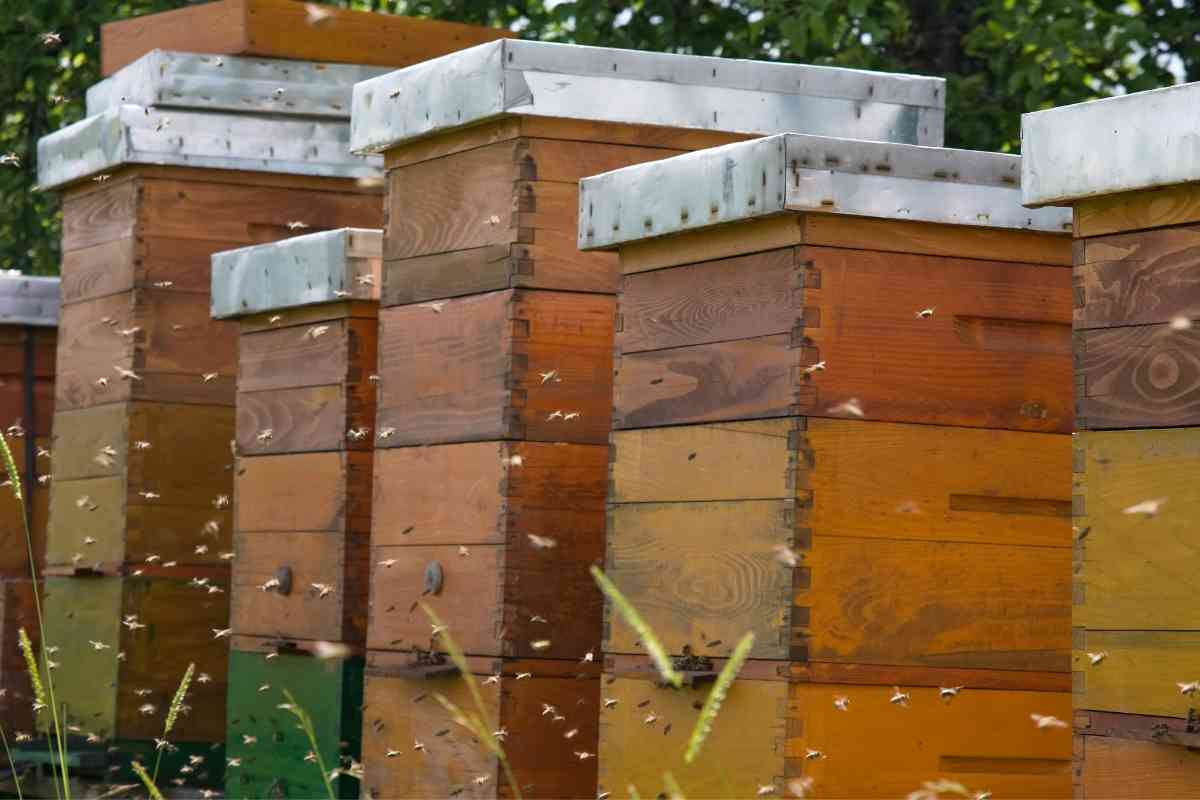
Bees require much attention and monitoring because they will likely get illnesses from parasites, pesticides and other pathogens.
This will decrease your bee population, thereby decreasing the production and quality of honey and other products.
Therefore, it is advisable to ensure that your bees are healthy by eliminating, minimizing or preventing anything that will harm or cause diseases.
Factors influencing the Profit of Beekeeping
Type of Beehive
Typically, 3 main types of beehives differ in size and carrying capacity. These are the Langstroth, warre, and top bar beehives.
The langstroth is the largest of three beehives and can hold 30,000 to 60,000 bees. The hive has enough room or frames to store honey and a different place where the queen can stay.
When it comes to the top bar beehives, they are more spacious and expansive than the warre beehives.
Typically, they can carry between 20,000 to 40,000 bees. The warre is the smallest type of beehive that takes 10,000 to 20,000 bees.
Therefore, the difference in size and carrying capacity will determine the number of products produced for sale.
Quality of Bee Products
As we had outlined earlier, the quality of the bee products will determine how much you will earn from a beehive, and how often you can be earning.
If you have a healthy bee colony and great genetics, they will produce quality honey and other products that you can sell high. However, if you have a poor colony of bees that are always susceptible to diseases or are unhealthy, you are likely to get a low-profit margin.
Location
Location is also essential to determining your profit margin when you start a beekeeping project.
If you live in an urban setting with little or no access to flowers, the production rate of honey and other bee products will be low since there is less or no food source for the bees. Therefore, your profit margin will be low.
But, if you live in a rural area with access to flowers, your profit margin will be high due to the availability of nectar as a food source.
Key Takeaways
- Beekeeping provides a great way to keep your backyard busy
- 1 beehive could earn you about $300 to $500 every year
- Apart from Honey, there are other products you can sell to increase your profit margin
- Beekeeping requires careful monitoring because they are prone to get diseases
- Beekeeping has got various benefits and drawbacks to consider


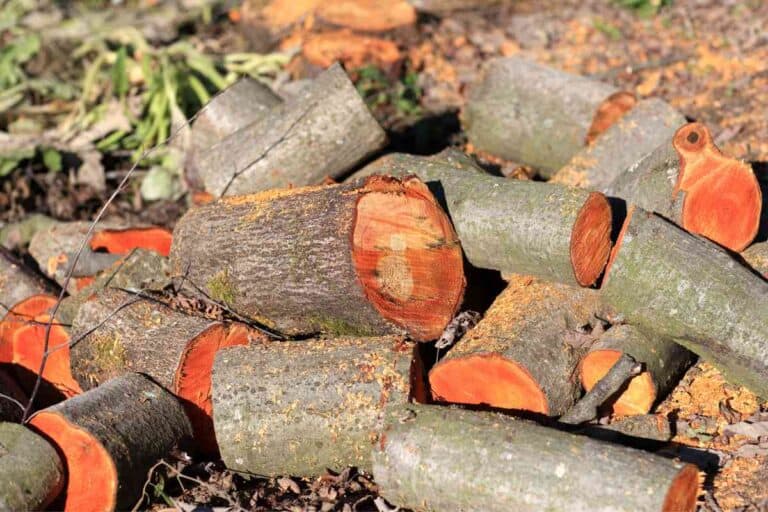
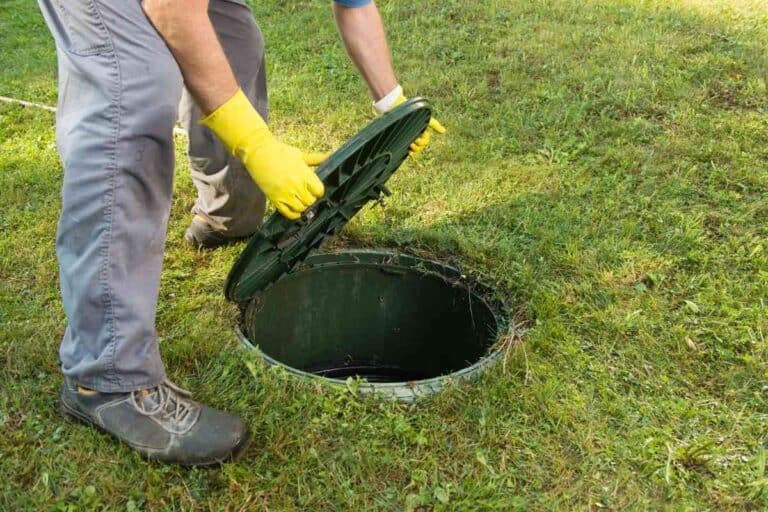
![What Is Mushroom Compost? [Contents, Uses, Pros, and Cons]](https://freedomresidence.com/wp-content/uploads/2022/05/What-Is-Mushroom-Compost-768x512.jpg)

